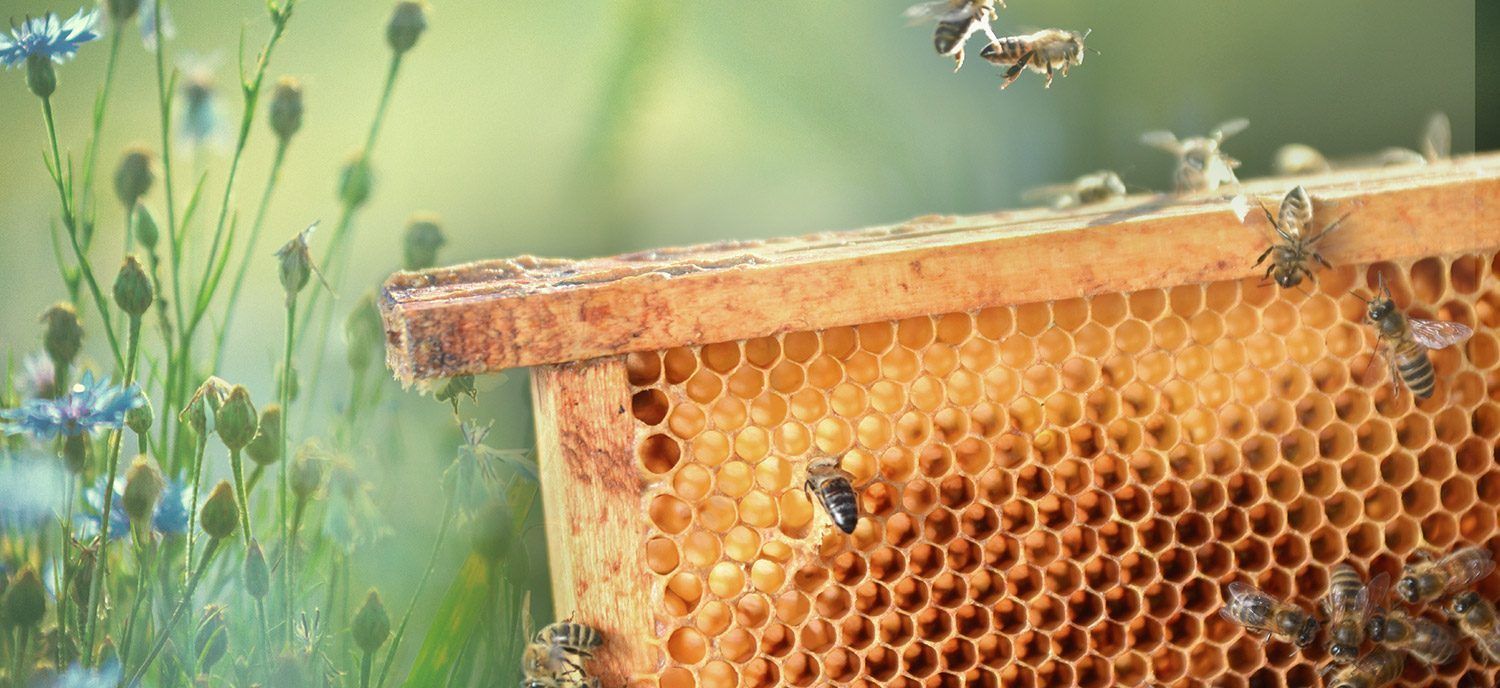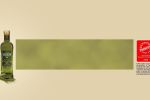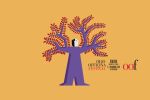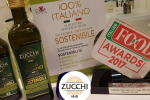8 January 2016
Even insects can be blendmasters. For them, the art of blending is natural, essential and instinctive.
We are talking about bees, which blend nectars from different plants to create a foodstuff which for millennia was the only available sugar concentrate. Indeed, even the ancient Egyptians placed jars full of honey next to mummies to accompany them to the afterlife. It was also used during the Roman Empire, while in India it has always been considered to have cleansing, aphrodisiac and healing properties, as well as being very tasty.
There are thousands of qualities of honey, depending on the nectar: they can be monofloral or multifloral, with a more delicate aroma. It is the latter that can be considered a product of blending; a mix of honeys coming from different flowers. This is the most common type on the market, recognisable from its light amber colour and liquid consistency in the summer, solid in the winter. But the nice thing about mixed flower honey is that it can vary in colour, smell and flavour from season to season, just as wine can have special vintages. What’s more, mixed flower honey has many properties: from a cough remedy to liver detoxifier; it is also recommended as a natural supplement for sports, improving resistance and strength.
And to conclude, a recommendation for the palate. Mixed flower honey can be tasted alongside another product we’ve talked about: cheese. Maybe even matched with a good wine, for an aperitif dedicated to blending.






